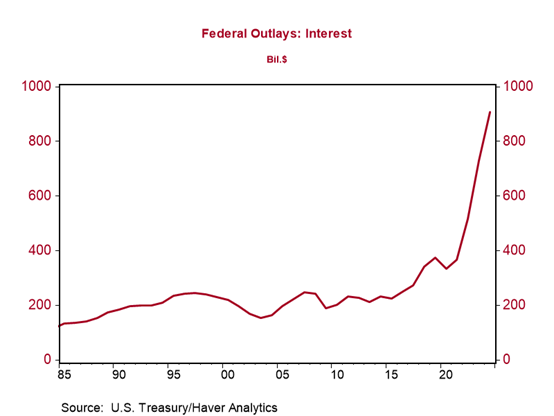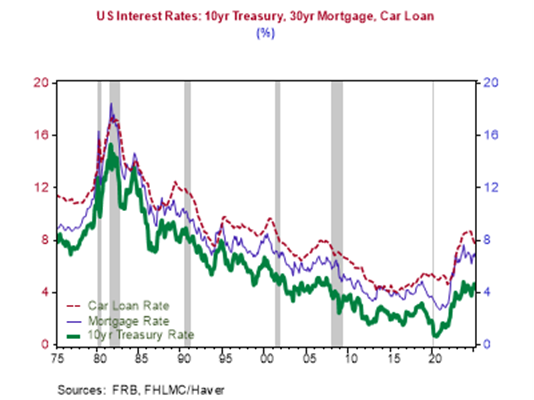The fallout from President Trump’s global trade war continues to roil markets, with investors pulling out of even traditionally safe U.S. government bonds. If this trend persists, it could spell trouble for home buyers and homeowners in the months ahead.
Treasuries, typically a haven during uncertain times, have sold off sharply this week — an unusual move that reflects growing investor unease. U.S. government bonds are generally viewed as a secure place to park money when markets turn volatile.
This shift matters because the 30-year mortgage rate is closely linked to the yield on the 10-year Treasury note. In simple terms, when Treasury yields rise, borrowing becomes more expensive — potentially leading to higher monthly payments for those taking out new mortgages.
The issue took center stage this week as bond prices plunged (and yields soared). On Wednesday, the 10-year yield whipsawed following President Trump’s announcement that he would temporarily suspend most of the tariffs he had previously threatened, while simultaneously raising duties on Chinese imports in response to China’s retaliatory measures.
The 10-year yield surged past 4.5% overnight Wednesday as the reciprocal tariffs went into effect on about 60 countries. By Wednesday afternoon, however, the 10-year Treasury yield had retreated to 4.39%, still well above the 4.2% yield a week ago.

Frank Warnock is a Darden professor and a senior research advisor at the Federal Reserve Board.
The 10-year yield serves as a bellwether for the broader economy. When it fluctuates sharply, it signals investor uncertainty about future growth, inflation, or interest rates — all factors that influence everyday financial decisions.
To better understand why the 10-year Treasury yield draws so much attention, the Darden Report spoke with Francis E. Warnock, the James C. Wheat, Jr. Professor of Business Administration at the University of Virginia Darden School of Business and a senior research advisor at the Federal Reserve Board.
Warnock, who teaches courses on global financial markets, is also a research associate at the National Bureau of Economic Research.
What is the 10-year Treasury yield?
The 10-year Treasury yield is the interest rate on 10-year Treasury bonds, which is the interest rate the US Treasury would have to pay to borrow for a 10-year period. The 10-year rate decreased over the past four decades. It was, for example, 15% in 1981, but averaged only 2% over the period from 2013-2022. It is currently 4.4%.
Why is it important?
So many reasons. I’ll list two.
Most directly, the 10-year yield affect the U.S. government’s borrowing costs, which were $906 billion in 2024i. If 10-year rates increase, the government’s borrowing costs will increase.

Also, the US 10-year Treasury yield is a benchmark for many loans in the US economy (and all over the world). When the 10-year Treasury rate changes, so do U.S. mortgage rates and car loan rates.

US Interest Rates: 10yr Treasury, 30yr Mortgage, Car Loan
What factors affect the 10-year Treasury yield?
At Darden, students who take the Global financial Markets classes, use three basic models to understand factors that affect the 10-year Treasury yield. Two factors from those models that are currently on investor’s minds:
Inflation. If inflation expectations increase, investors will require a higher yield on 10-year Treasuries.
Shifts in the demand for Treasury bonds. Large swings in demand—if certain investor groups decide to buy or sell Treasuries—impact the 10-year yield. Two of the many examples are when foreign governments bought a large amount of US Treasuries in the 2000s (pushing down 10-year Treasury yields) and when the Federal Reserve implemented its various quantitative easing programs (also pushing down 10-year Treasury yields).













